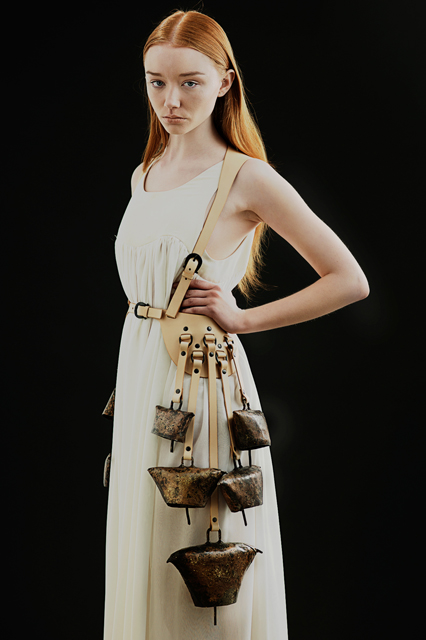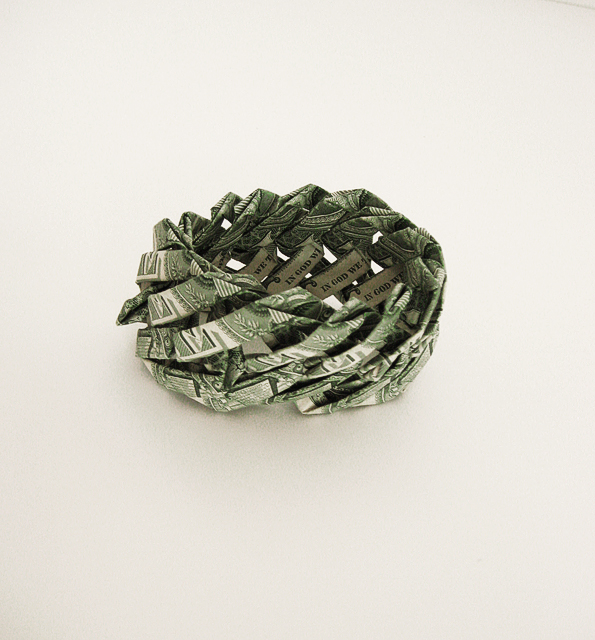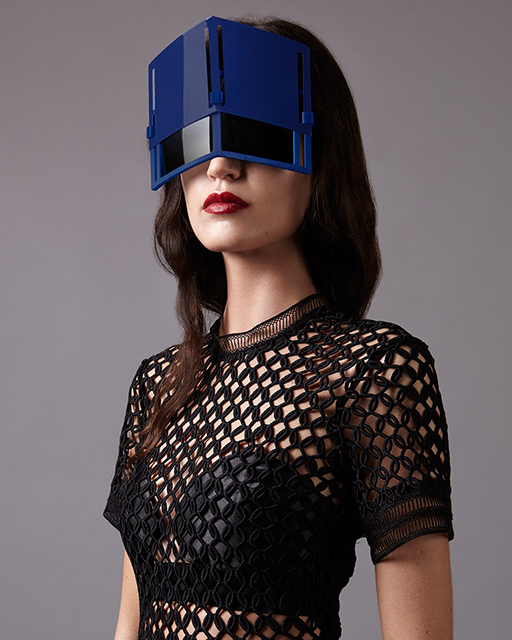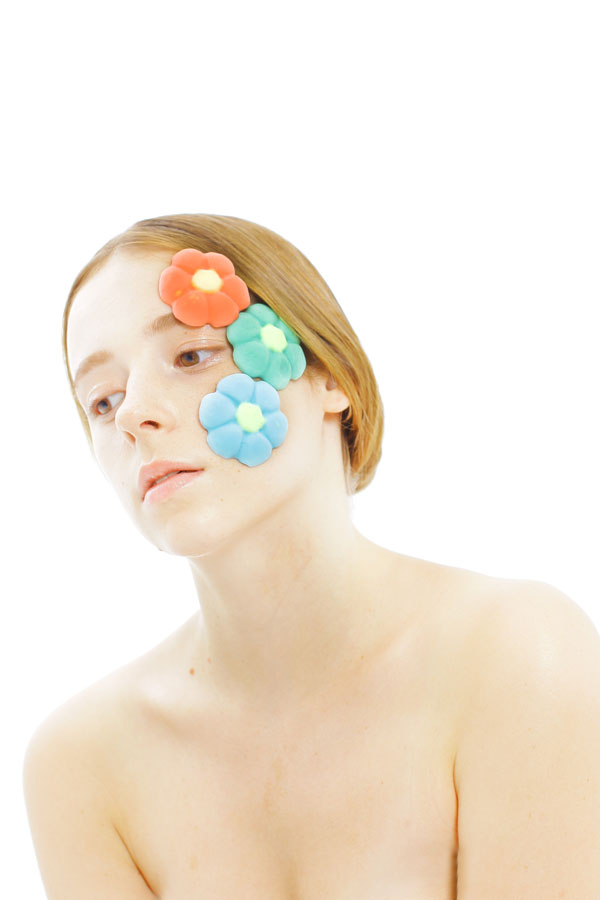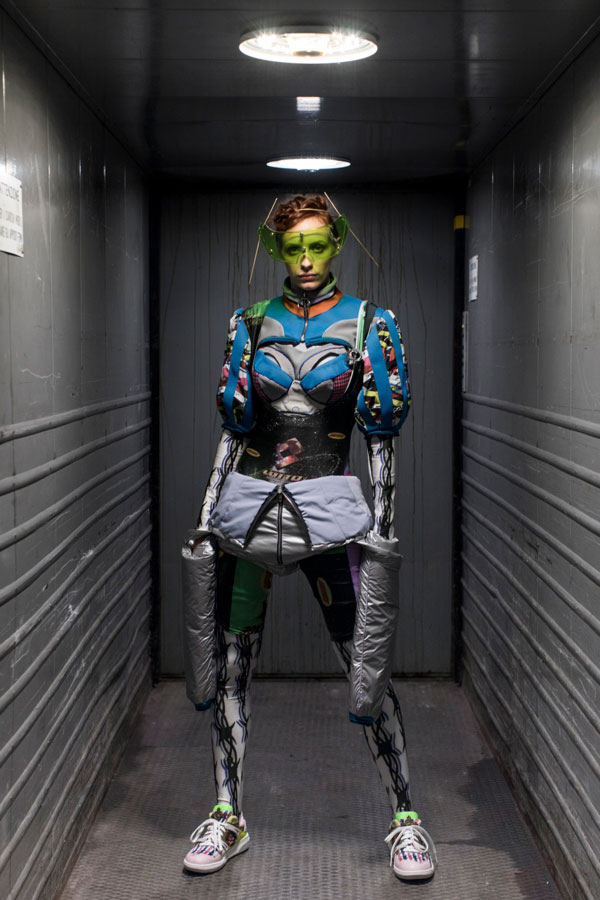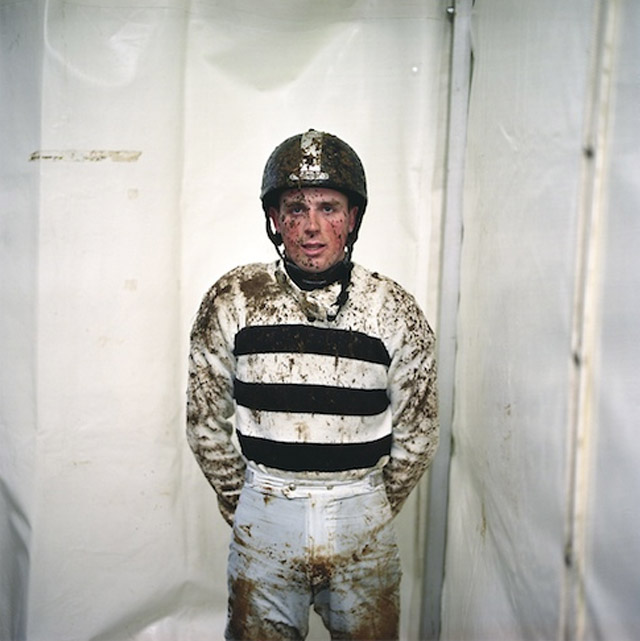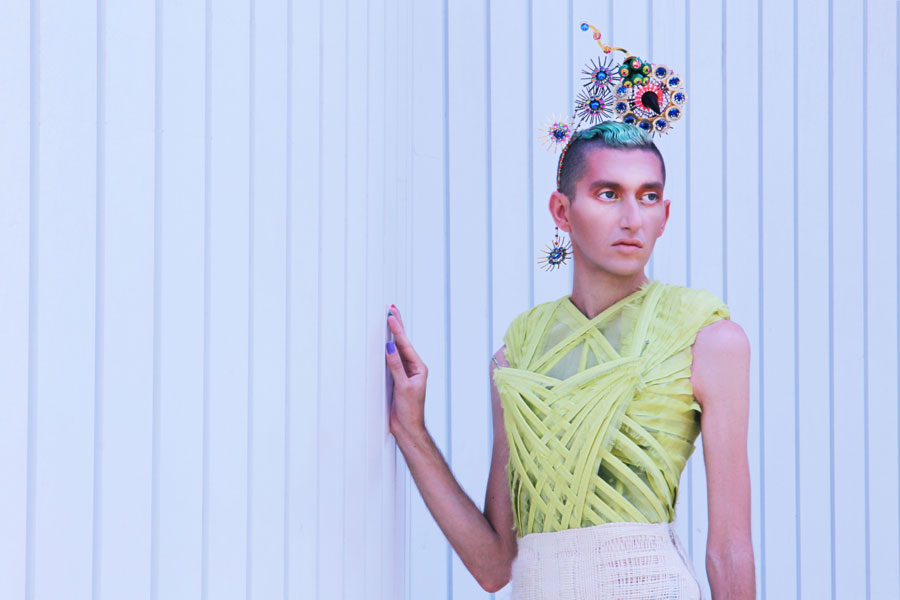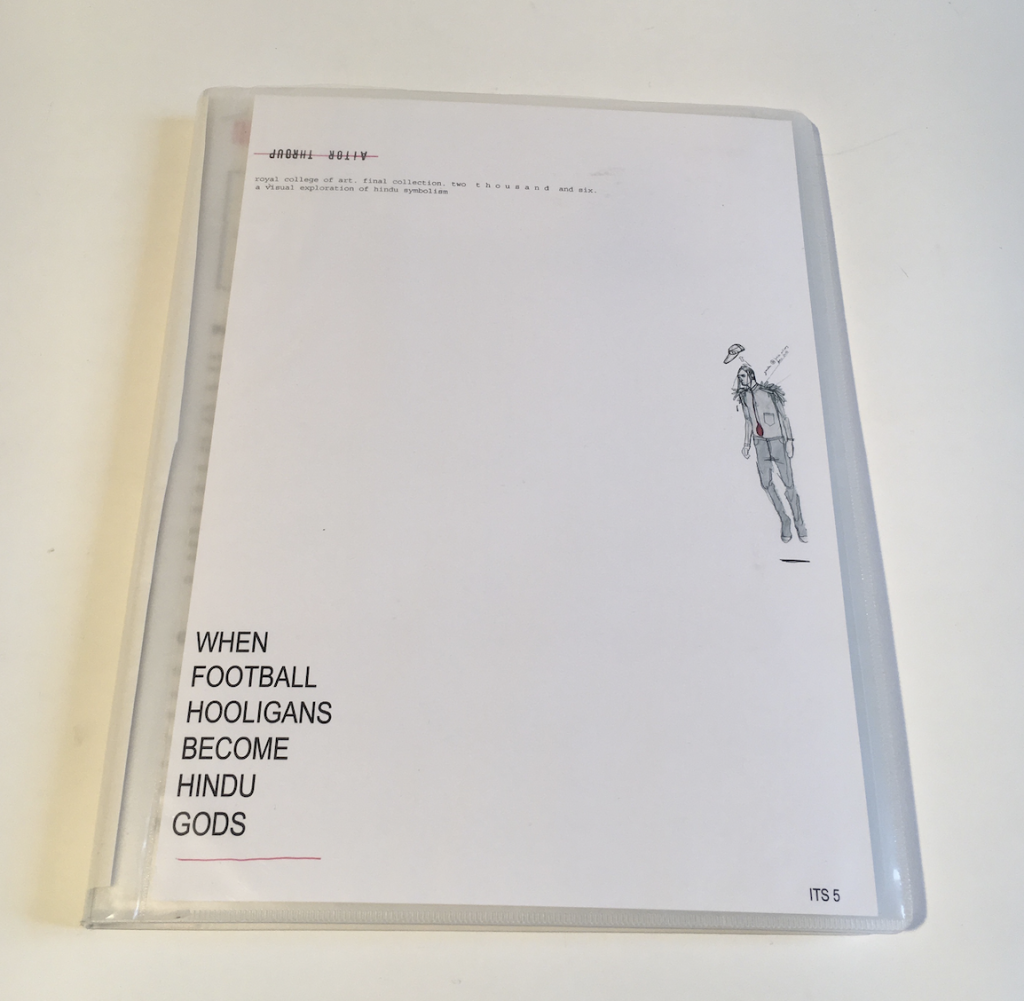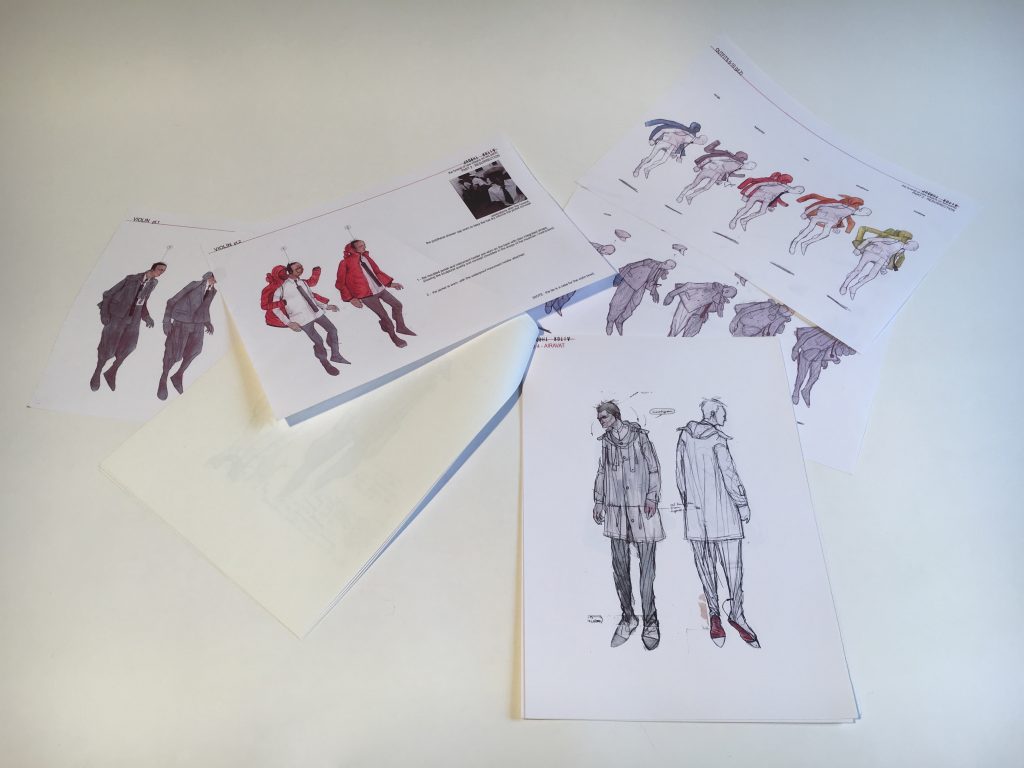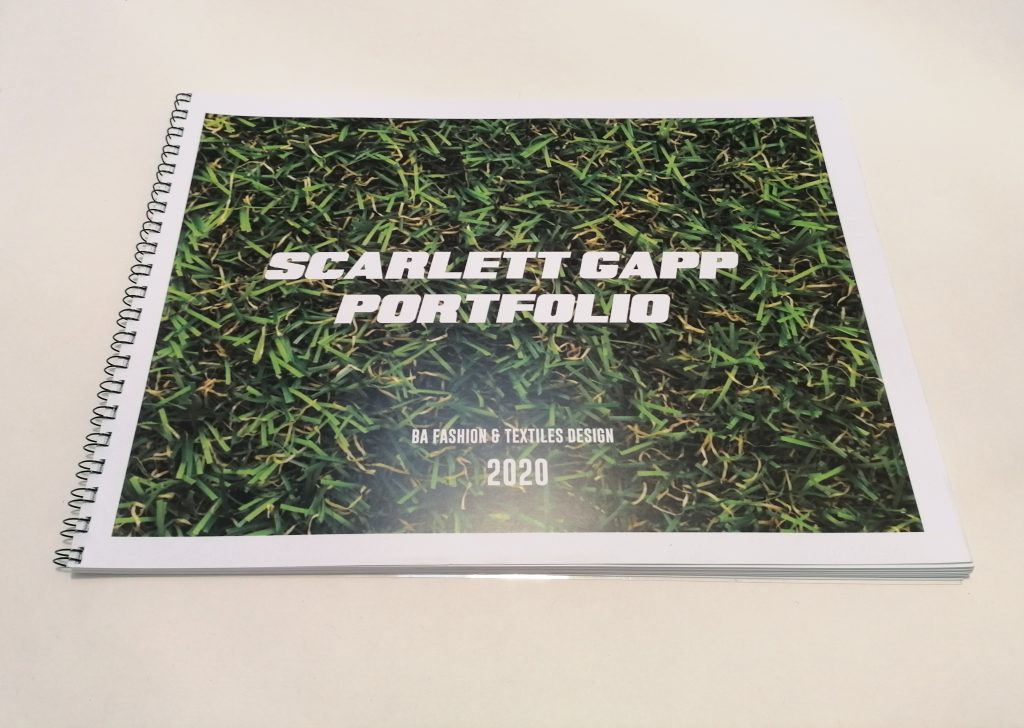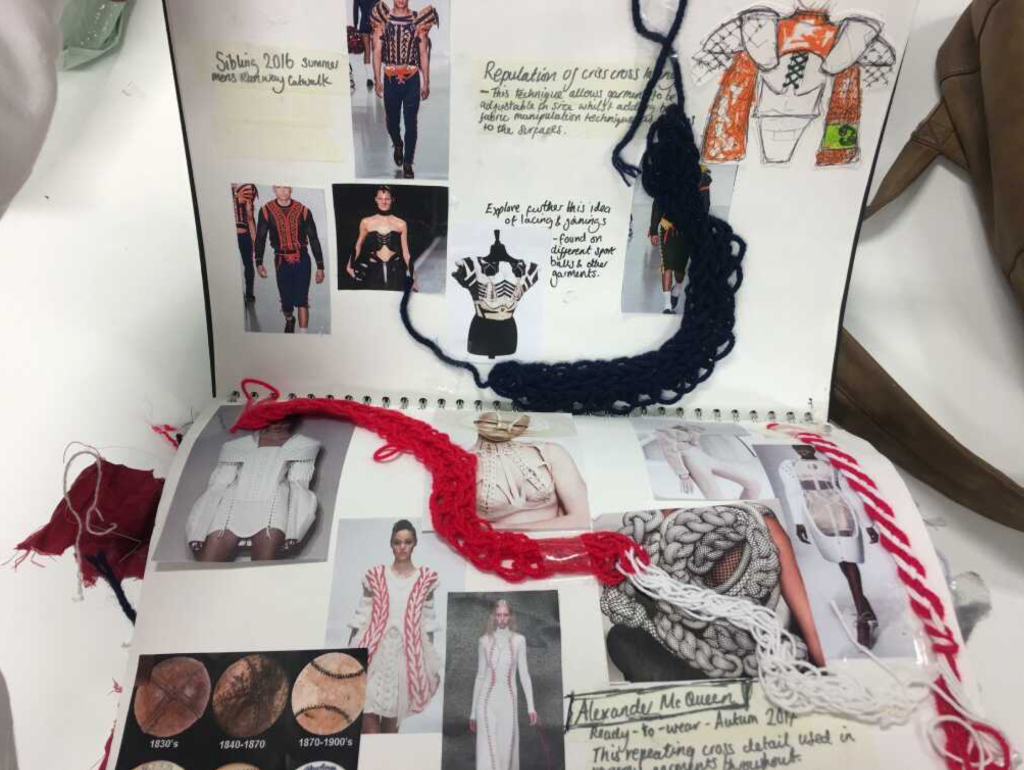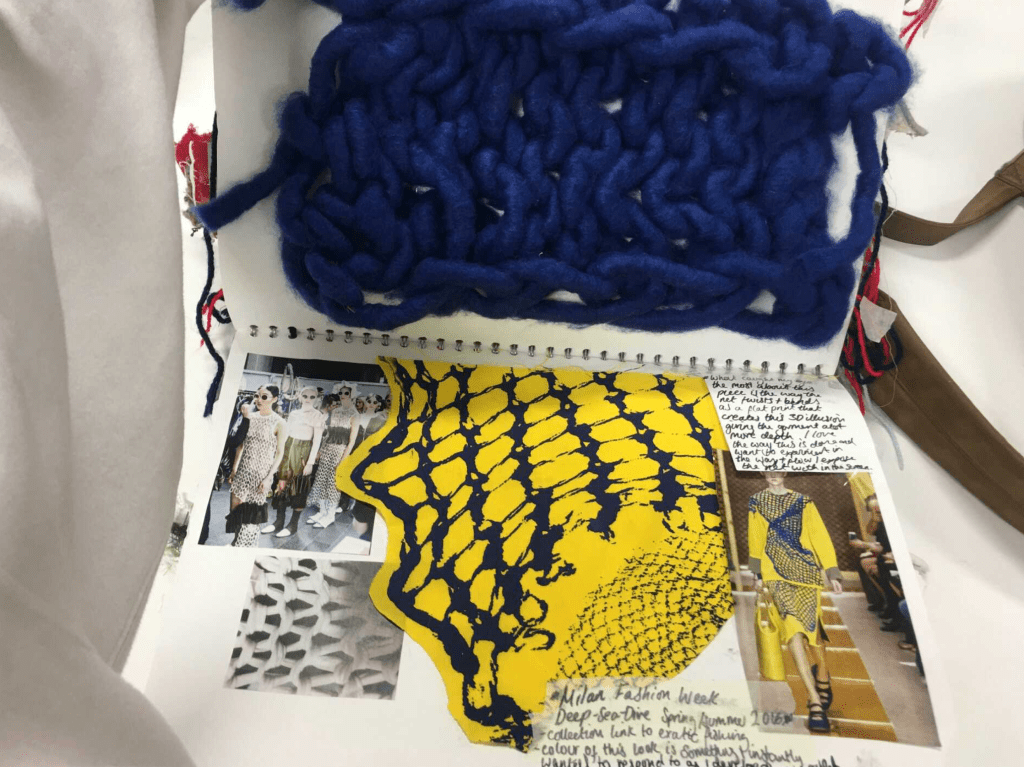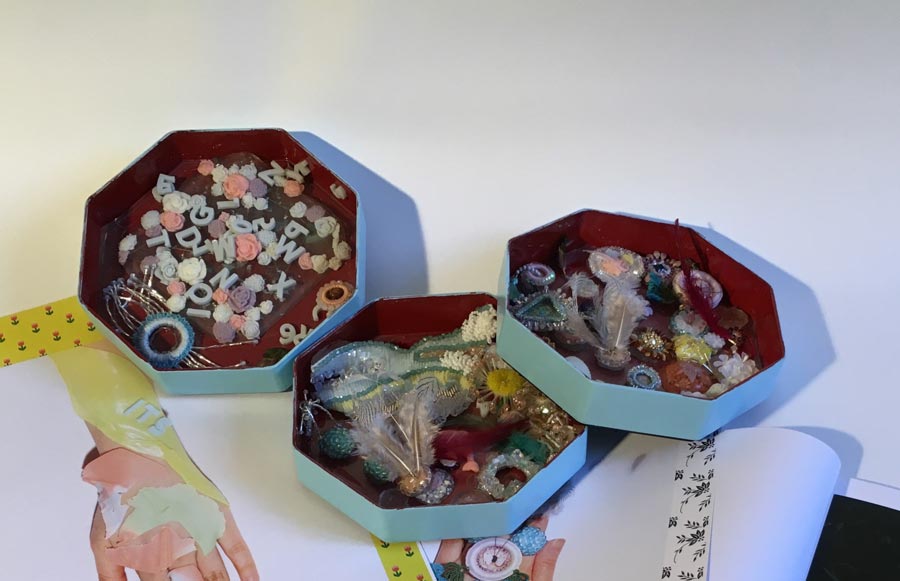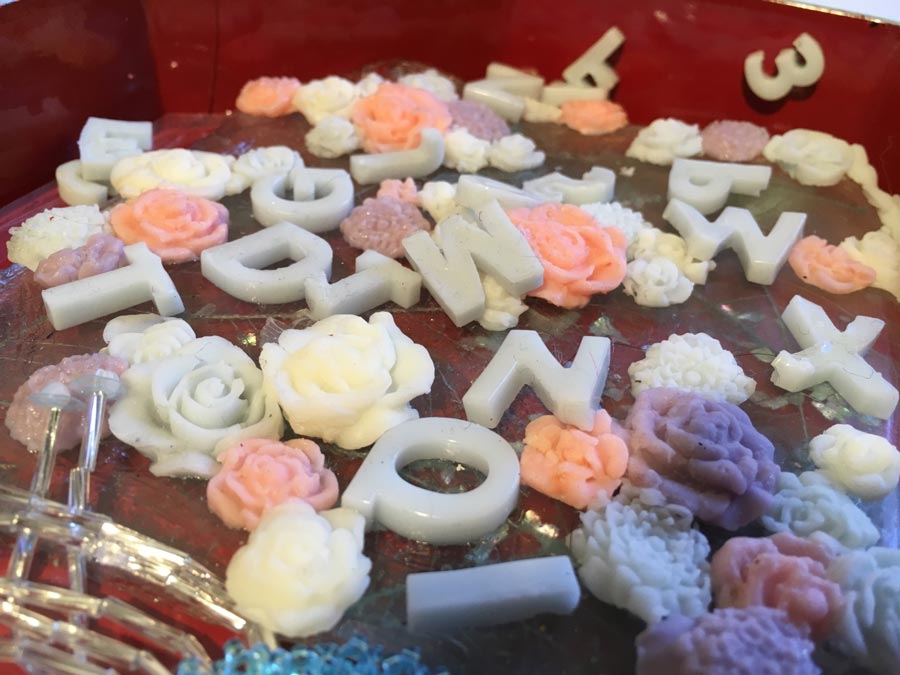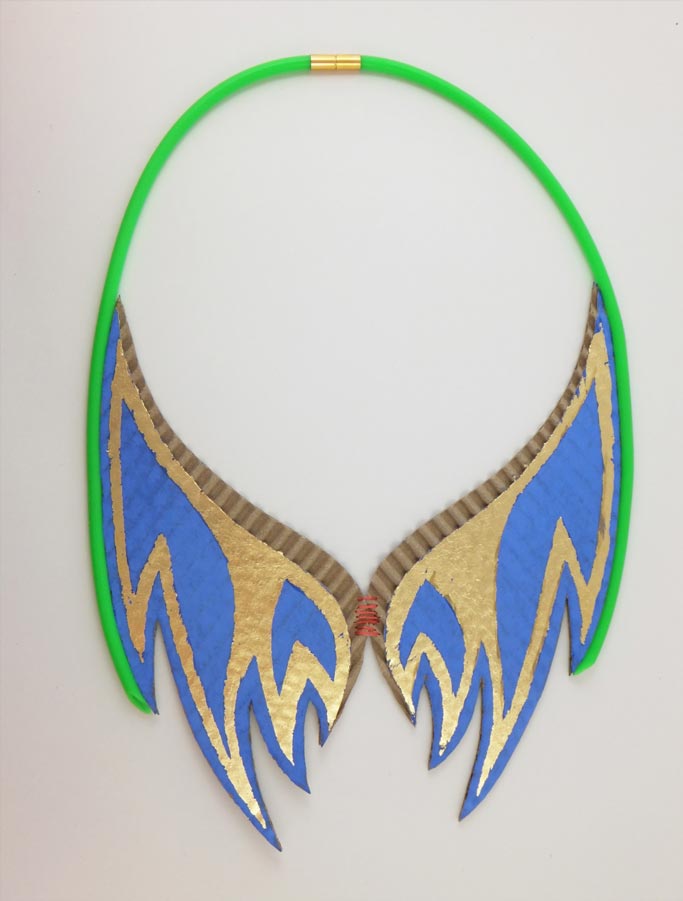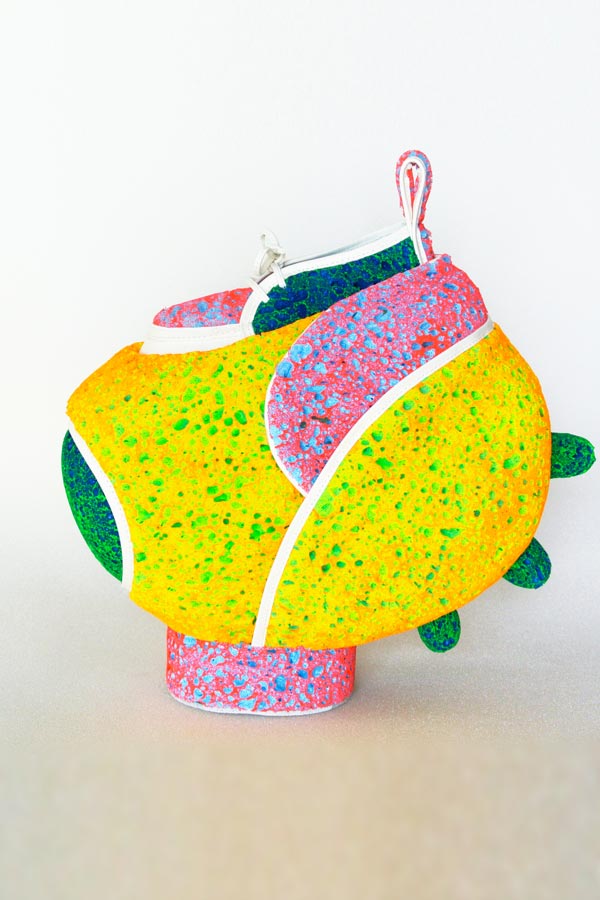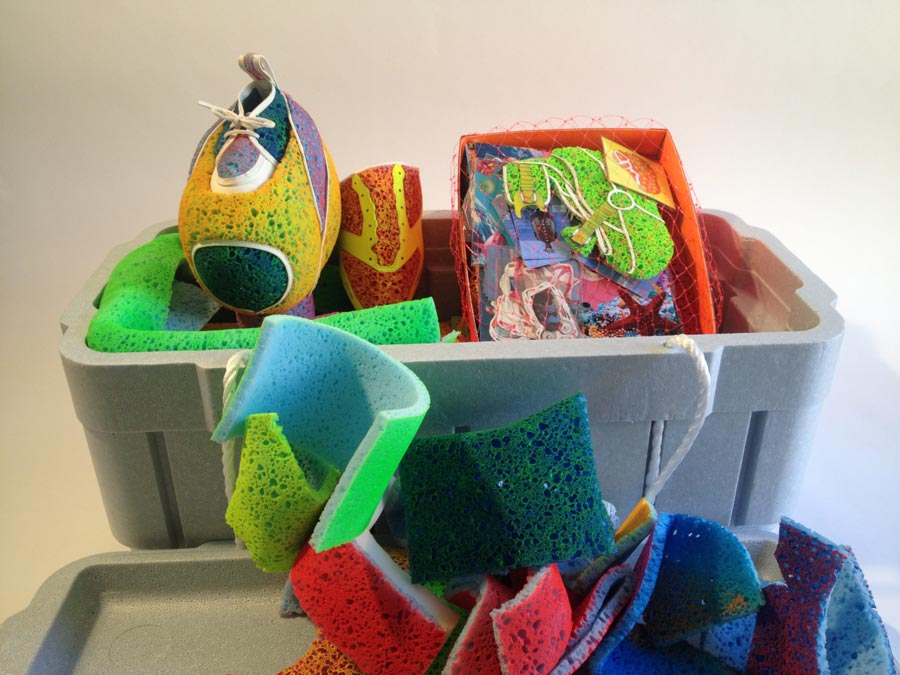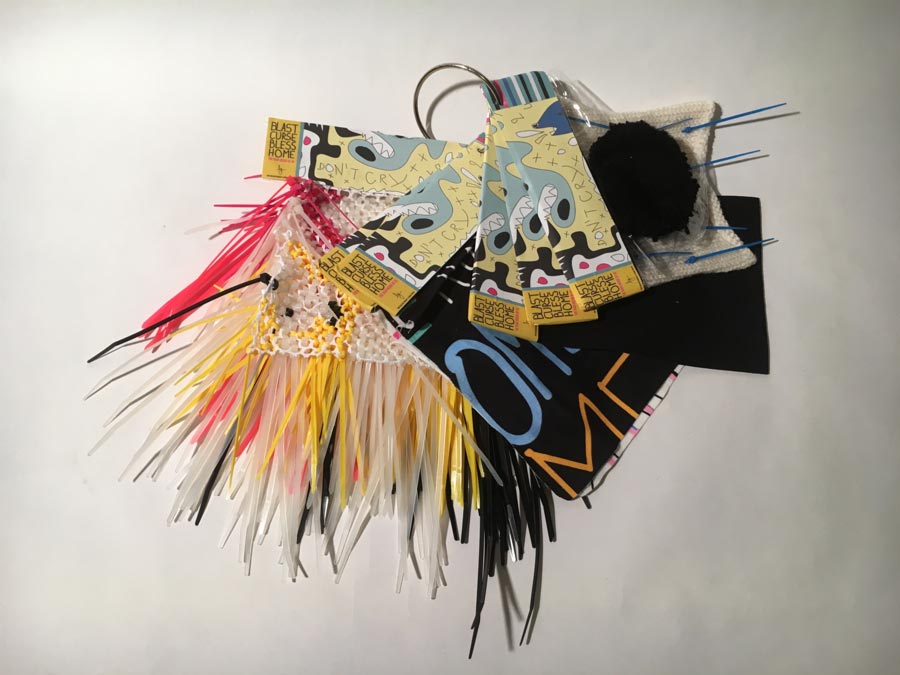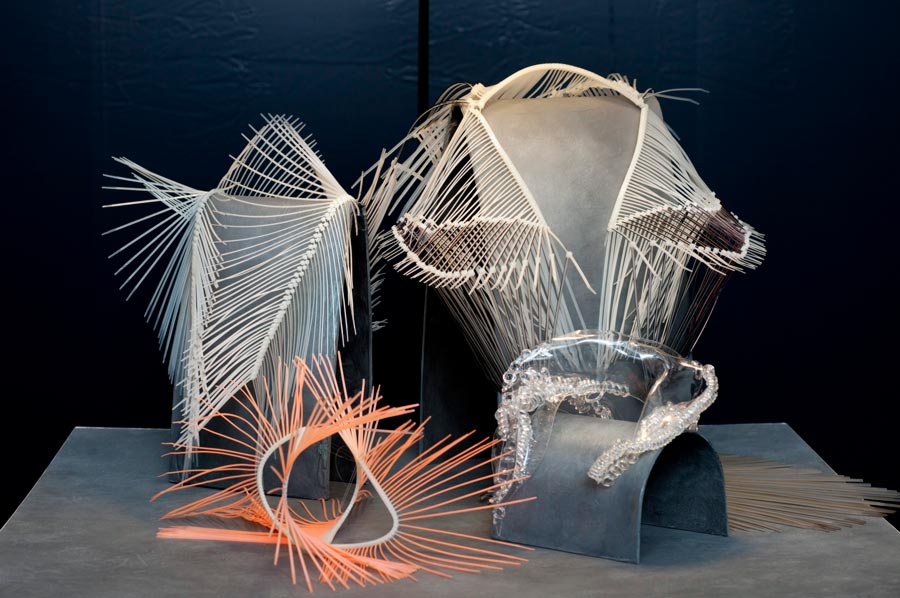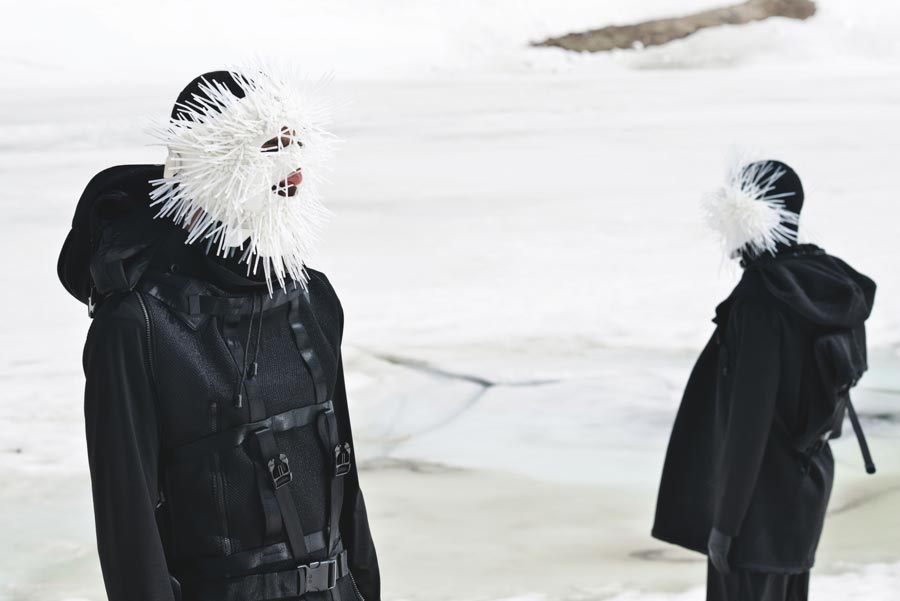
How to archive and index creativity. Exploring ITS Arcademy a collection spanning 20 years of international talent.
15 Marzo 2021
PREPARING THE ITS CREATIVE ARCHIVE FOR THE PUBLIC
Since its foundation in 2002, International Talent Support has gathered over 18,000 projects from young fashion, accessories and jewellery designers, as well as from photographer, coming from all over the world. They have been neatly stored in the ITS Creative Archive, a home for the “history of fashion evolution” as Hilary Alexander put it in 2012.
Covid-19 has radically changed our fruition of culture. As we wait for the pandemic to end museums worldwide have been forced to explore the digital arena, if they hadn’t already done so. From being mostly insiders’ tools, digital archives are transforming into intuitive, easy-to-browse tools for the public. Sometimes adding exclusive content that the physical experience could not provide (the contrary is also true…).
AN INFINITE LABORATORY OF BEAUTY
The Archive is an open laboratory on the future of creativity, allowing a conversation between design, industry, and innovation. It has been visited by fashion design students, journalists ,fashion insiders and personalities of the likes of artist Marina Abramovic, curators Valerie Steele (FIT) Harold Koda (MET Costume Institute), Miren Arzalluz (Palais Galliera), Oriole Cullen (Victora & Albert), Stefania Ricci (Director of Museo Salvatore Ferragamo and Fondazione Ferragamo) and Laurent Cotta (Curator in Charge, Graphic Arts Palais Galliera).
The collection is ever-growing, branching out to describe the infinite expressions of creativity. Right now boasts over 18,000 portfolios, 240+ outfits, 125 accessories, 86 jewellery pieces and more than 700 digital photography projects, from 80 different countries. Tons of creativity.
In view of ITS Arcademy, we are currently screening and analyzing meticulously the entire ITS Creative Archive of portfolios and items, and for a variety of reasons: figuring our possibilities for exhibitions, understanding if we are missing items and want to make acquisitions from past finalists, brainstorming about possible workshops we could do based on projects we’ve received, re-elaborating thoughts we’d made on specific collections that we now see under a different light… lots of ticks, on an infinite checklist (we might keep this for a future article), including the dream of making all of this accessible for everyone remotely, through a dedicated app.
ITS ARCADEMY: A CONCEPT MERGING EXHIBITION AND EDUCATION
The closure of our archive, due to Covid-19, coincided with the beginning of the huge undertaking that is ITS Arcademy, our latest project. ITS Arcademy will combine the exxhibition concept with the academic one.
The exhibit area will include the ITS Creative Archive and temporary exhibitions, offering a space for dialogue between the world of fashion and those of the arts, cinema and design.
The educational part will be aimed at two different kinds of public: a popular one, with courses and workshops aimed at elementary, middle and high school students from all over Italy, visitors and the local community; and a professional one dedicated to insiders, where former ITS competitors will be able to return to Trieste to share their professional experience, and where companies will be able to organize workshops, seminars and special projects.
PORTFOLIOS: AN INTELLECTUAL AND EMOTIONAL EXPERIENCE BEYOND THE BOOK
Making the ITS Creative Archive treasures accessible to the public is no easy task. We want to expand your fruition and understanding of the items, from what was simply a photogallery to a much more interactive and immersive experience, allowing you to explore and understand development processes, concepts, techniques, materials and more.
Take portfolios for example. They can be very “simple” so to speak, yet very clear and direct. Finalist Scarlett Gapp’s 2020 portfolio is a good example. Even if we did not receive her beautiful original copy (much denser with samples, as you can see in the pictures), it had everything she needed to convince the jury because of the power of her project, the clearness of her view and ability to prove to us she could do what she claimed. It appeared like a very basically binded book, but the content had nothing basic. Same thing happens if we wind the clock back to 2006 with Aitor Throup, one of the most extraordinary talents we ever met: at a first glance his portfolio might not strike our attention, put it takes a second flipping through the pages to understand that the content is borderline revolutionary, with layers and layers of sub-themes and inspiration motives, techniques and development neatly and wisely displayed in an extremely easy to understand way.
Aitor Throup Aitor Throup Scarlett Gapp Scarlett Gapp Scarlett Gapp
DEVELOPING A PORTFOLIO SHARES (ALMOST) NOTHING WITH SCIENCE
There is no set of rules for the perfect portfolio: some need to be simple because the idea might be simple yet brilliant at the same time. Others have to be complex for the same reason: the idea, the concept underlying them is complex.
A completely opposite approach was that of 2014 finalists Chiaki and Ryota Murakami, for example. They sent a huge amount of material of the most varied kind: tiny knitted puppets, loose photoshoot pictures, leather swatches, CDs, posters. We could go on for HOURS telling you about weirdly beautiful portfolios we received: vynil records together with a record player, portfolios sent via refrigerated shipment in a block of ice, portfolios in concrete… We have videos of the unpacking, and these will be part of our archive and of our cataloguing system, which is fundamental: finding the way to create a system that allows you to digitally and physically catalogue such a variety of styles and approaches in a correct manner is essential to do the work right. Creativity allows for projects to explore all kinds of directions, and our system has to be applicable to anything that we throw at it.
ANY MATERIAL YOU CAN THINK OF, DESIGNERS USE IT
Perhaps one of the most varied and complex fields to analyze is the materials used to develop the collections we received. In 2015 Hiroki Kataoka created a footwear collection entirely made from sponges: it was inspired by his childhood memories of holidays by the sea, when he could not swim into the ocean due to a skin disease. Francine Oeyen in 2014 develop her jewellery entirely from cardboard, to challenge our perception of what is luxury. And Chinami Tokizawa in 2016 Chinami Tokizawa’s collection developed her jewellery pieces using Urethane Gel, usually employed in medical products, and a nightmare to preserve properly from dust and humidity. Another material that would have sounded totally unconventional in fashion are plastic zip ties. In these last few years we’ve had multiple finalists using them in a creative way, from Marie Cabirou (jewellery, 2013), to Jenifer Thévenaz–Burdet (fashion, 2015) and the duo Tom Van Der Borght & Shalva Nikvashvili.
Chinami Tokizawa Chinami Tokizawa Francine Oeyen Hiroki Kataok Hiroki Kataok halva Niklashvili & Tom Van Der Borght Marie-Cabirou Jenifer Burdet
SCREENING ALL VIDEOS AND PHOTOS WE OWN OF A FINALIST
Parallel to working on concepts, materials, techniques, portfolios, items (and how to store them, describe them, tag them and group them by theme for future possibilities and uses by ITS Arcademy), we’re also browsing and grouping all the media we own of each finalist, in terms of photos, videos or audio recordings. A couple examples will give you a clearer idea. Let’s say you’re browsing the ITS Arcademy app and stumble on 2016 artwork finalist Marco Baitella’s profile. We have an audio recording of our phone call to inform him he had been selected as a finalist, dating back to April 2016. In his “media” section you’ll probably find the audio and be able to listen to it. Another very good example is Anna Gammelgaard’s video for her 2012 Accessories finalist collection. It was based on a post-apocalyptic future, where a girl is trying to recreate her past by using the only tool she has: a tuning fork with which she strikes objects to see if they sound the right note. A concept she had perfectly described through a beautifully short short movie. The app will allow you to view it.
This is all just a quick taste of on what we are working on right now. We’ve got an entire team on it, and everyone has a very specific task to handle: there are those who analyze, re-write and translate the concepts of the projects, others who conduct research on materials and techniques, others who are getting lost in the archive looking for past portfolios. Another team is screening each item checking conditions, organizing repairs, making sure everything is catalogued and neatly preserved, others are updating the information on where finalists are and what they are doing.
This is a terribly exciting period for the ITS team. Though living inside a bubble, our office is unpacking again 20 years of creativity and we’re amazed at stuff we hadn’t seen for ages, sparking new ideas, approaches, confirming contemporary trends, anticipations, revealing designers who went very far with their careers… A whole creative universe is unveiling in front of us once again. Besides the digital experience, what we really look forward to is welcoming you in Trieste when we open the doors of ITS Arcademy for you to step in.
Other articles:
The Seismographer
A Year in Fashion Conservation: Planned work for 2024 by the ITS Collection conservation team.
02 Agosto, 2024
We have already dealt with the huge (and beautifully exciting) work that is the conservation of a unique collection like the one of ITS Arcademy – Museum of Art in Fashion,…
